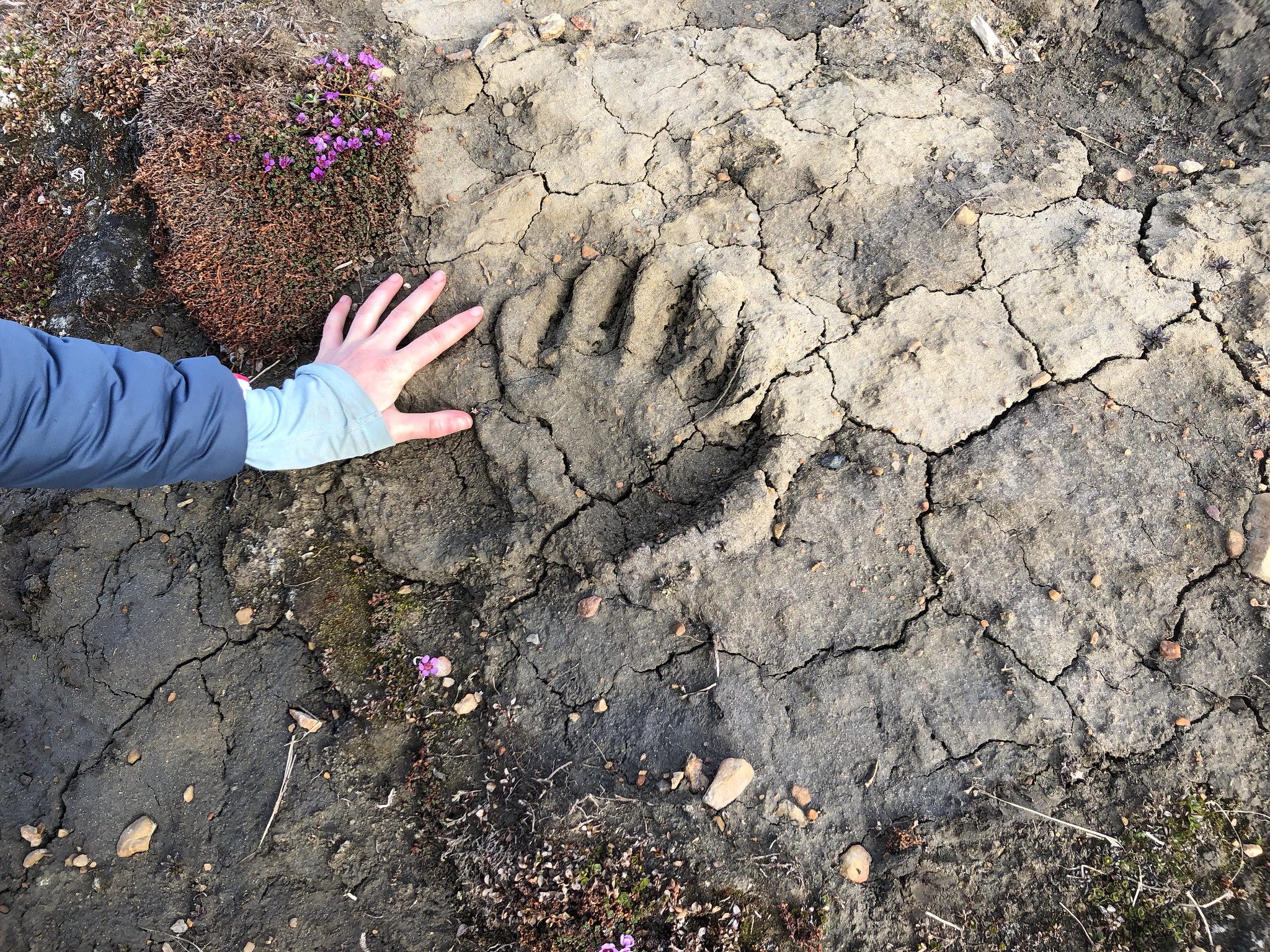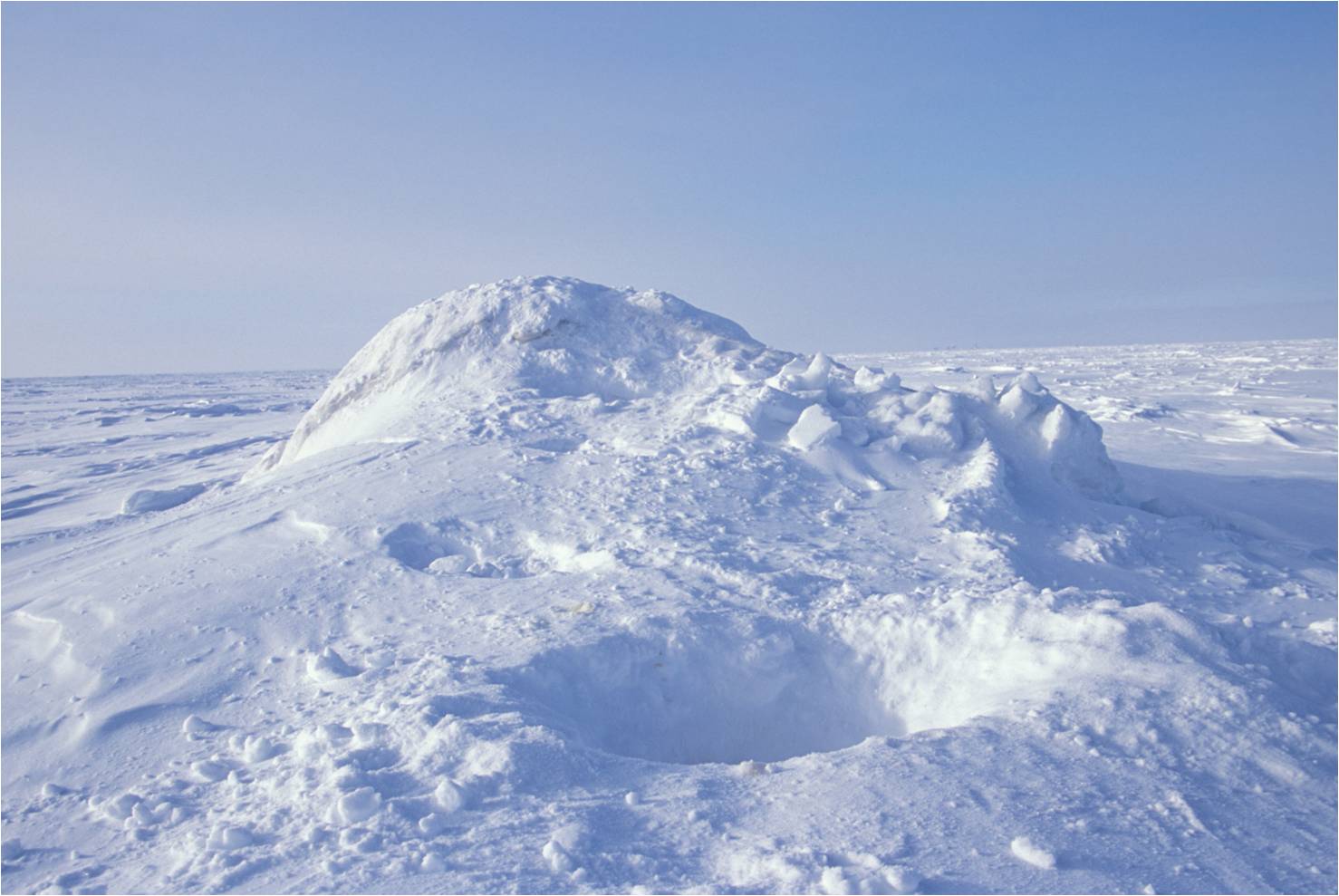Trump administration seeks to allow polar bear disturbance for oil in Alaska refuge
The approval for "incidental harassment" is a key step in allowing for seismic testing in the refuge's coastal plain.

ANCHORAGE — The Trump administration on Monday proposed allowing companies searching for oil and gas deposits in the Arctic National Wildlife Refuge to disrupt polar bears living there.
The so-called “incidental harassment authorization” proposed by the U.S. Fish and Wildlife Service would pave the way for seismic surveys in the refuge’s coastal plain, a key part of President Donald Trump’s last-minute push for more oil development in the region.
The Fish and Wildlife Service said that no polar bears are expected to be injured or killed during seismic operations, some of which are scheduled to take place next month, and that the agency expects disturbances to impact only a few bears.
[Legislation seeks to protect polar bear denning habitat in Arctic refuge]
But several veteran Arctic scientists and environmentalists in Alaska have warned against seismic operations — which can involve blasting to produce sonic images of underground formations. They argue the testing will upset wildlife and that the heavy machinery and activity involved in the work will damage tundra and speed up the thaw of permafrost.

“The Trump administration seems determined to push polar bears further down the path to extinction before leaving office,” said Kristen Monsell, legal director of the Center for Biological Diversity’s oceans program.
Polar bears are considered a threatened species because of the rapid warming of the Arctic.
[Denning polar bears need better protection from Alaska oil development, scientists say]
Drilling had been banned in ANWR for decades before Republican-led tax legislation signed by Trump in 2017 removed that ban. Trump has sought to maximize domestic oil, gas, and coal production and has downplayed environmental and climate threats from the drilling and mining industries.
President-elect Joe Biden opposes drilling in ANWR and is expected to try to reverse Trump’s efforts.
[A new polar bear denning study is a mixed bag for Alaska’s oil industry]
The U.S. Interior Department plans to hold a Jan. 6 sale of oil and gas leases in the refuge.
Meanwhile, the Alaska Native-owned company Kaktovik Inupiat Corp is seeking to use seismic tests next month to search for oil deposits within 550,000 acres (223,000 hectares) in the refuge’s 1.6 million-acre refuge coastal plain.
The incidental harassment authorization will be finalized after a 30-day public comment period. That would allow for seismic surveys to be approved just before Biden is inaugurated on Jan. 20.